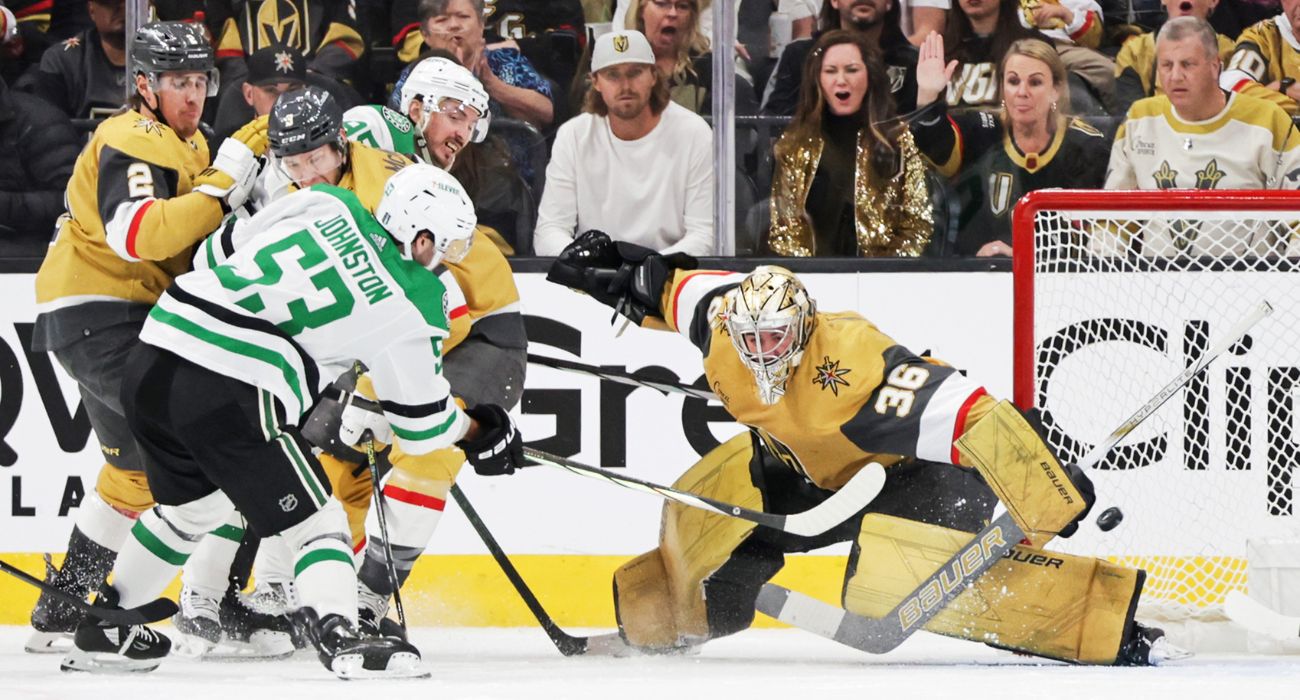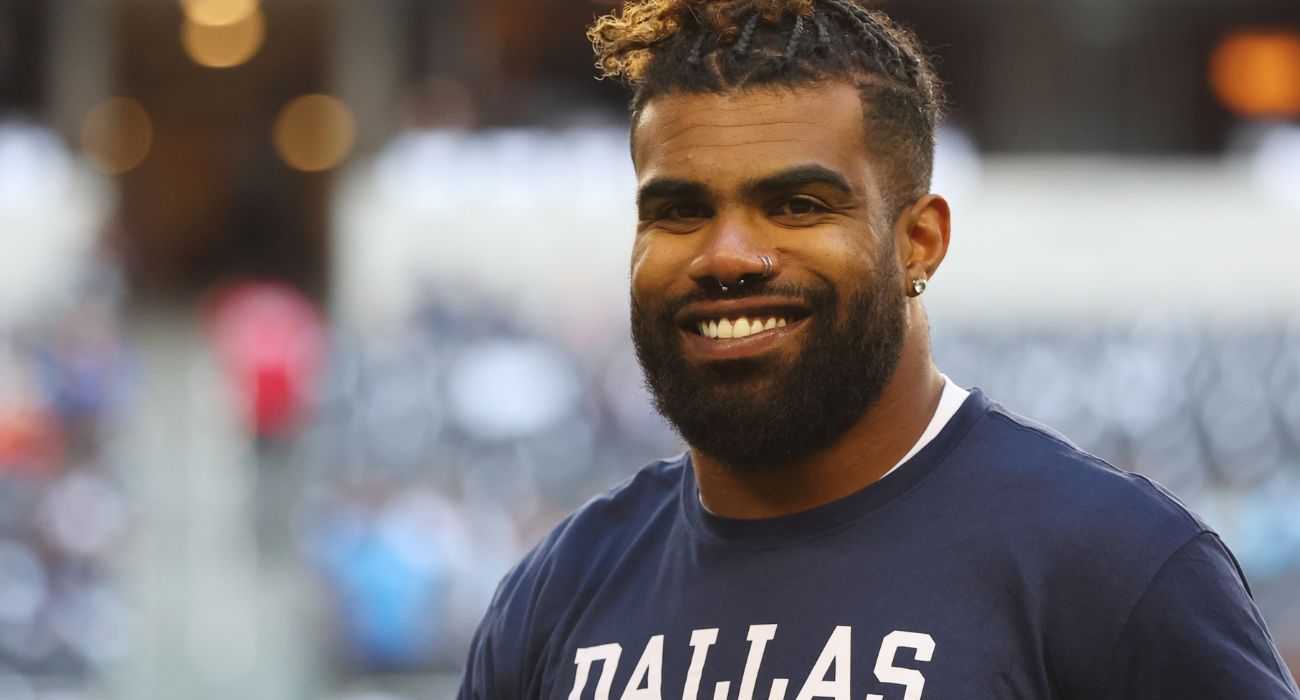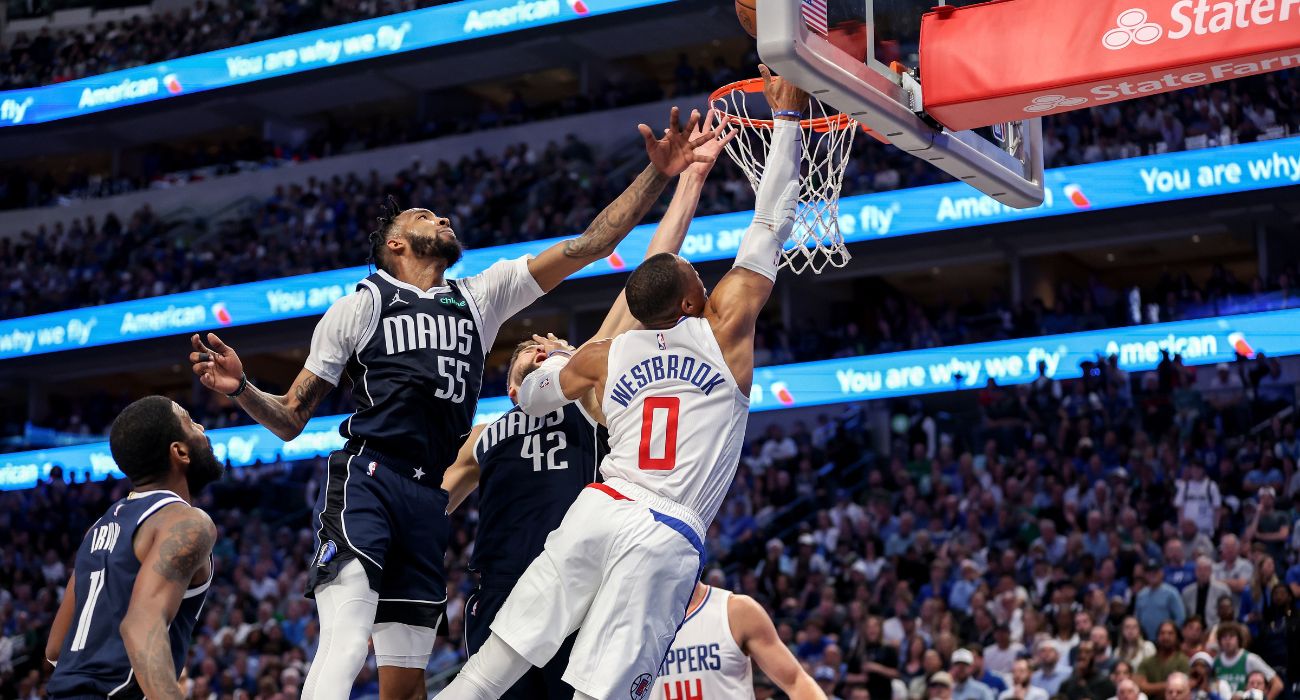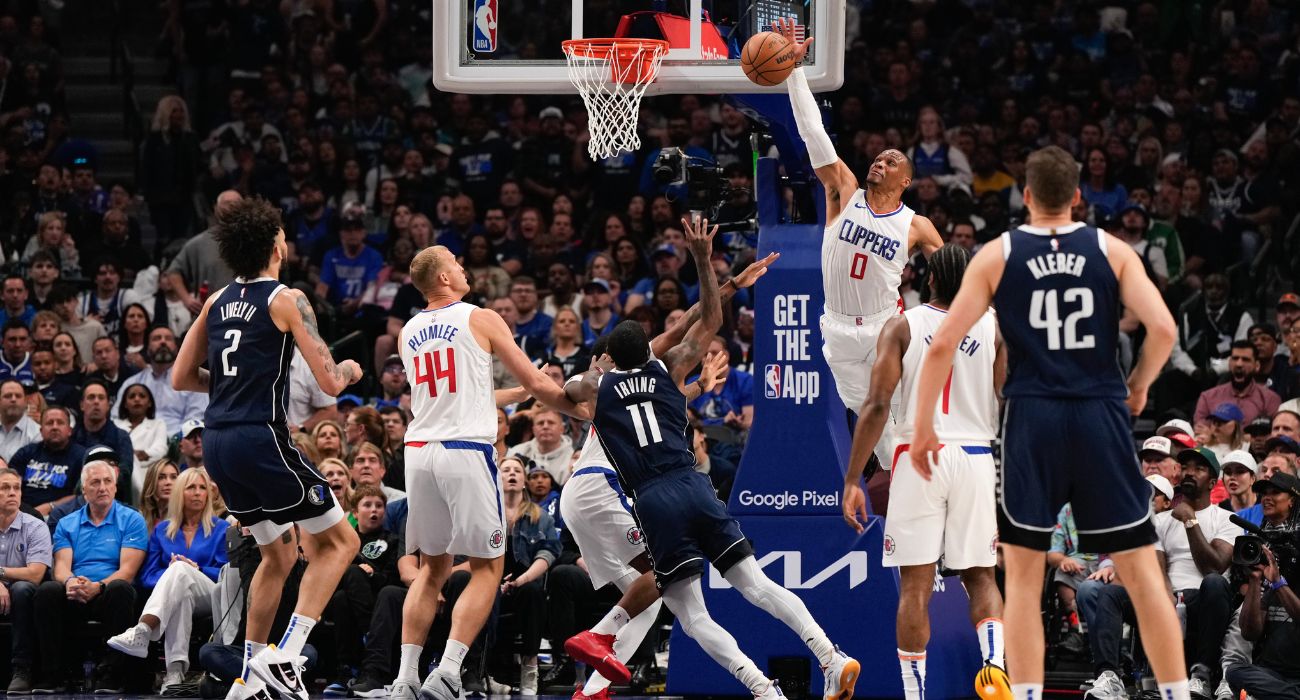Twenty years ago this week, the Texas Rangers traded one of the biggest stars in baseball — sending shortstop Alex Rodriguez to the New York Yankees.
The move was officially made on February 16, 2004, and Texas received power-hitting outfielder and second baseman Alfonso Soriano and a player to be named later (infielder Joaquin Arias) for Rodriguez and cash considerations as the Yankees plucked him from AL East-rival Boston after the Major League Baseball Players Association (MLBPA) nullified a potential contract restructuring.
At the time, the 27-year-old Soriano was coming off back-to-back All-Star seasons that included more than 400 hits, 77 home runs, 193 RBIs, and 76 stolen bases while hitting .295. He would spend two years with the Rangers following the trade, making two more All-Star appearances while continuing to produce offensively.
However, the team failed to make the playoffs during his stint with the club, and he left for the Washington Nationals — making three more All-Star teams and playing nine more seasons between the Nationals, the Chicago Cubs, and the Yankees.
Arias spent four years in the Rangers organization but had just 242 plate appearances before being traded to the New York Mets for outfielder Jeff Francoeur and cash. He had his best seasons in 2012 and 2013 with the San Francisco Giants and was released by the Arizona Diamondbacks in 2015.
According to reports from years past, Arias was one of several options the Rangers considered in the trade, with another being eight-time All-Star Robinson Cano. No one knows if Cano would have had the same career if he had been part of the A-Rod trade, but a 2010 article from Bleacher Report revealed that the Rangers appeared to value Arias’ age and defense more.
“The Rangers had around five choices but mainly had their eyes on two, Joaquin Arias and Robinson Cano,” Bleacher Report wrote. “Joaquin Arias, plagued with injuries and poor hitting, proved to be a huge bust for Texas. So, why did the Rangers choose Arias over Cano? No one truly knows. Most say it was due to age (Arias is two years younger than Cano) and ‘better’ defense.”
While the Rangers eventually solidified the keystone position with Ian Kinsler, you have to wonder what kind of damage Cano could’ve done in a lineup that eventually featured the likes of Vladimir Guerrero, Michael Young, Josh Hamilton, Nelson Cruz, Elvis Andrus, and several others who had great careers during the time.
All this came after then-owner Tom Hicks promised Texas fans A-Rod wouldn’t be going anywhere and rejected the Yankees’ initial interest. Still, the cost to keep the shortstop and his $252 million contract on payroll may have been too significant to be able to field a great team around him.
In New York, A-Rod moved to third base to replace an injured Aaron Boone as Derek Jeter occupied shortstop. He would spend 12 years with the Yankees, winning a World Series and an MVP award while collecting over 1,500 hits and blasting 351 home runs to become one of the few players in MLB history with at least 3,000 hits and 600 home runs — ranking fifth with 696 in his 22-year career.
At the same time, the Rangers took six years to become a playoff team and reached consecutive World Series during a run that saw five playoff appearances in seven seasons.






